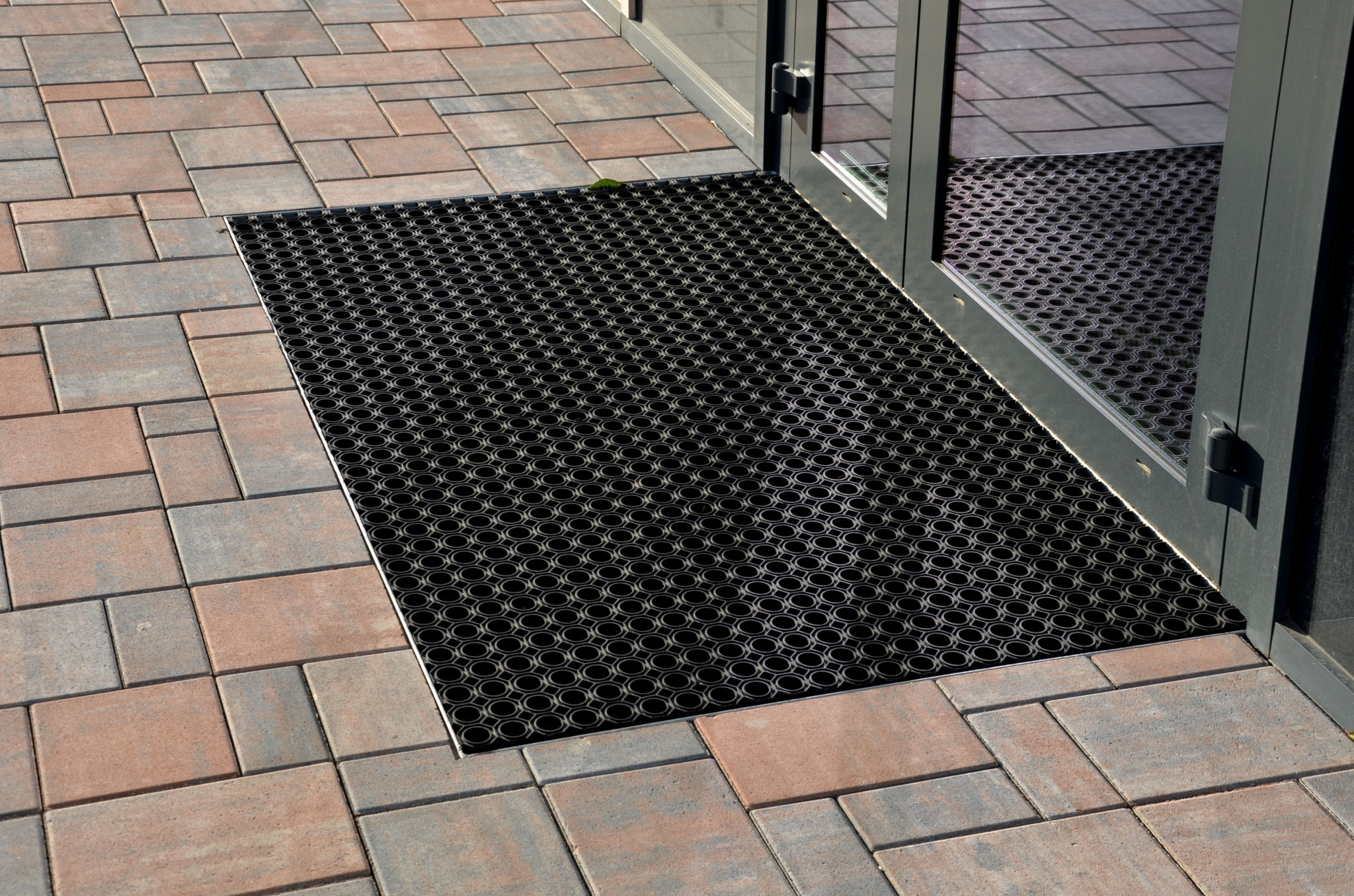Preparing Your Floors for Winter: Essential Tips and Tricks
Understanding the Impact of Winter on Floors
As winter approaches, it's important to consider the effects of cold weather on your floors. The combination of snow, ice, and the increased use of heating systems can cause significant wear and tear. Preparing your floors for winter not only helps maintain their appearance but also extends their lifespan. This guide will provide essential tips and tricks to keep your floors in top condition during the chilly months.
Cold, dry air can cause wood floors to contract, leading to gaps between planks. Conversely, moisture from snow and ice can seep into flooring materials, causing damage. Understanding these dynamics is crucial for effective floor maintenance. By taking proactive steps, you can ensure your floors remain beautiful and sturdy throughout the season.

Cleaning and Sealing Your Floors
One of the most effective ways to prepare your floors for winter is through thorough cleaning and sealing. Start by giving your floors a deep clean to remove any dirt or debris that could scratch the surface. Use a gentle cleaner appropriate for your floor type to avoid damage.
Once cleaned, consider applying a sealant to protect against moisture. Sealing creates a barrier that helps prevent water from penetrating the surface. For wood floors, a polyurethane sealer is often recommended, while tile and stone floors may benefit from a penetrating sealer. This step is especially important in areas like entryways, where water exposure is most common.

Protecting High-Traffic Areas
High-traffic areas are particularly vulnerable during winter. To protect these spaces, consider using rugs or mats to absorb moisture and dirt. Opt for water-resistant mats that can easily be cleaned. Placing mats both inside and outside entrance doors can significantly reduce the amount of moisture tracked into your home.
In addition to mats, regular vacuuming or sweeping is essential to prevent dirt accumulation that can scratch floors. Pay special attention to entryways, kitchens, and hallways, where foot traffic is highest. Keeping these areas clean not only preserves the floor's appearance but also enhances safety by reducing slip hazards.

Managing Indoor Humidity Levels
Maintaining proper indoor humidity levels is crucial for floor health during winter. Heating systems can dry out the air, causing wood floors to shrink and crack. Aim to keep humidity levels between 35% and 55% using a humidifier. This range helps prevent damage to wood floors while ensuring comfort in your home.
It's also beneficial to monitor the temperature in your home. Sudden temperature changes can affect flooring materials. Keeping your home at a consistent temperature not only supports your flooring's integrity but also contributes to energy efficiency.
Regular Maintenance and Inspections
Finally, regular maintenance and inspections are key to keeping your floors in top shape during winter. Perform routine checks for signs of damage like warping, gaps, or discoloration. Addressing small issues promptly can prevent more extensive repairs later on.
If you notice any significant problems with your floors, consult a professional for advice. They can provide solutions tailored to your specific flooring material and environment. By staying proactive with maintenance, you ensure your floors remain a beautiful feature in your home all winter long.

